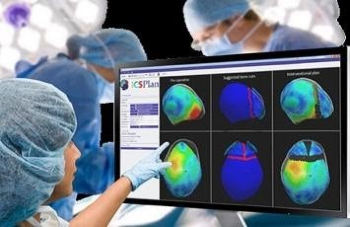Image-Guided Planning System for Cranial Correction in Children with Craniosynostosis
Need:
Approximately 1 in 2,500 children is diagnosed with craniosynostosis, a condition where the cranial bones fuse together prematurely. This causes cranial malformations and can lead to elevated intracranial pressure, brain growth impairment, developmental deficiency and other lifelong health challenges.

Solution:
To minimize the subjectivity in the diagnosis of craniosynostosis and to optimize the surgical treatment of each patient, we have created novel methods that quantify cranial malformations objectively from computer tomography images and provide the surgeons with the sequence of surgical tasks necessary for an optimal treatment. Moreover, we have created iCSPlan, a software platform that builds on our novel methods and that aims at translating our research into clinical practice.
Impact:
iCSPlan will fill a critical need, as there is currently no publicly available reproducible standard for the objective and optimal treatment of craniosynostosis. We are working with industrial partners to refine and validate iCSPlan, and to commercialize the advanced algorithms and software prototype.
Partners:
- Division of Pediatric Plastic Surgery
- Division of Neurosurgery
- Kitware Inc.
- Gregorio Maranon General University Hospital
- Carlos III University Madrid
Funding:
- NIH R41HD081712
- NIH R42HD081712
